- Home›
- Healthy Living›
- 5 Amazing Health Benefits Of Consuming Ragi Flour
5 Amazing Health Benefits Of Consuming Ragi Flour
By: Priyanka Maheshwari Mon, 27 Nov 2023 3:10:25
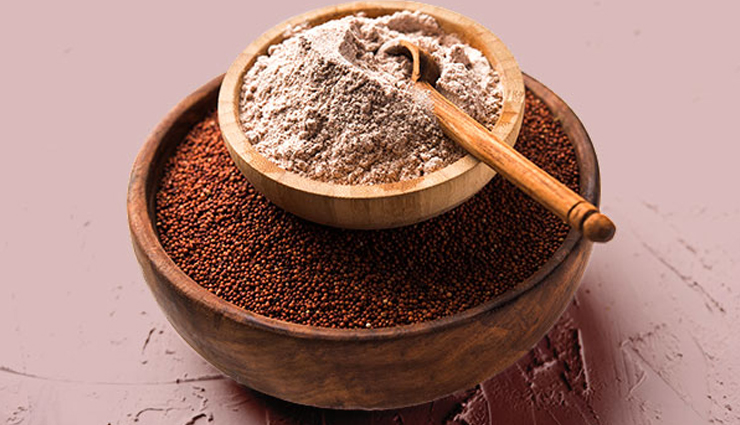
Ragi, scientifically known as Eleusine coracana, commonly referred to as Finger Millet in English or Nachni in northern India, represents a coarse food grain cultivated across Asia and Africa. Its ability to thrive year-round, particularly in drought-prone regions and at altitudes exceeding 2000 meters, renders it a highly sustainable food crop. Originating in the Ethiopian and Ugandan Highlands around 4000 years ago, archaeological findings in Africa trace its existence back to the 8th century AD.
This gluten-free wonder grain, ragi, boasts remarkable health benefits, particularly catering to individuals with wheat allergies or gluten intolerance.
Ragi, an annually cultivated crop in India, comprises two species: Eleusine indica and Eleusine coracana. Predominantly cultivated in Maharashtra, Tamil Nadu, and Uttarakhand, its consumption extends across Rajasthan, Karnataka, Andhra Pradesh, Tamil Nadu, Orissa, Maharashtra, Uttarakhand, and Goa. While its consumption is less pronounced in certain states, awareness of its nutritional value is steadily increasing.
Ragi can be consumed as whole grains or in flour form. Ragi flour is obtained by either crushing dried ragi grains or sprouting, drying, and subsequently grinding them.
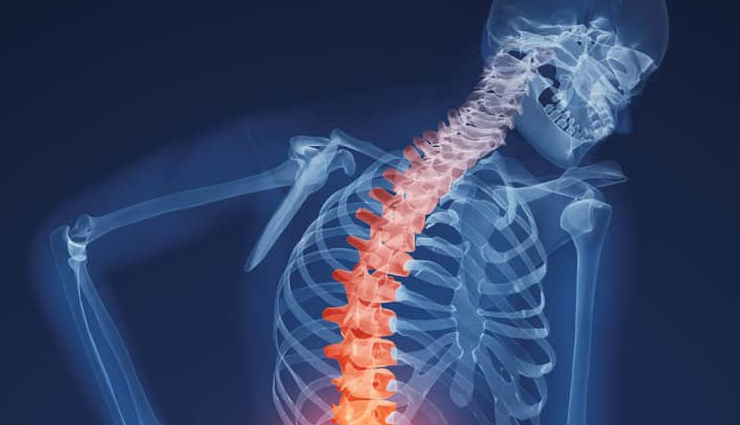
# Maintains bone health
1. Ragi contains high amounts of calcium and vitamin D. Calcium along with vitamin D aids in strengthening the bones.
2. Ragi helps maintain bone health in adults and helps in bone development in growing children. Thereby, ragi prevents bone complaints and may reduce the risk of fractures.
3. Ragi is effective in averting osteoporosis and bone erosion.
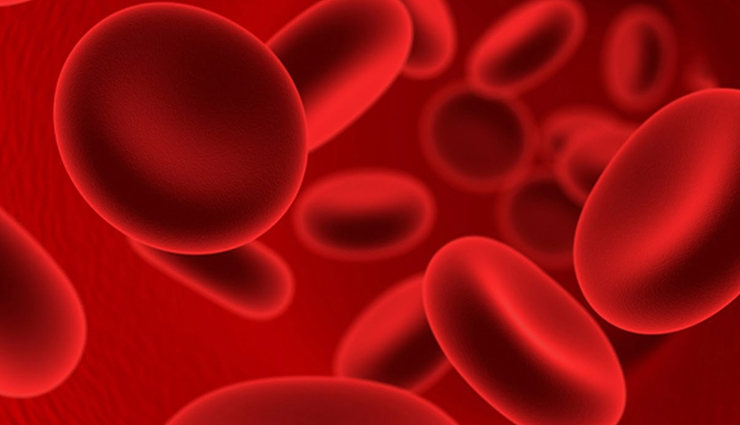
# Helps in anaemia
Consumption of Ragi helps in treating anaemia as Ragi is a good source of natural iron. The vitamin C content of Ragi helps increase iron absorption.
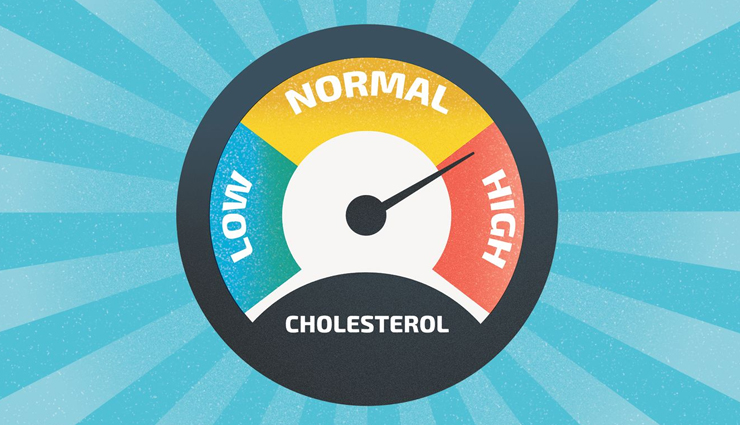
# Reduces high cholesterol levels
1. The amino acids lecithin and methionine present in ragi help in lowering cholesterol levels by removing excess fat from the liver.
2. Ragi also contains threonine which prevents the formation of fat in the liver thus, reducing the cholesterol levels.
3. The fiber and niacin content of ragi aids in accelerating the ‘good’ cholesterol levels and in reducing the ‘bad’ cholesterol levels. Thus, preventing plaque deposition in the heart and reducing the risk to stroke and other heart diseases.
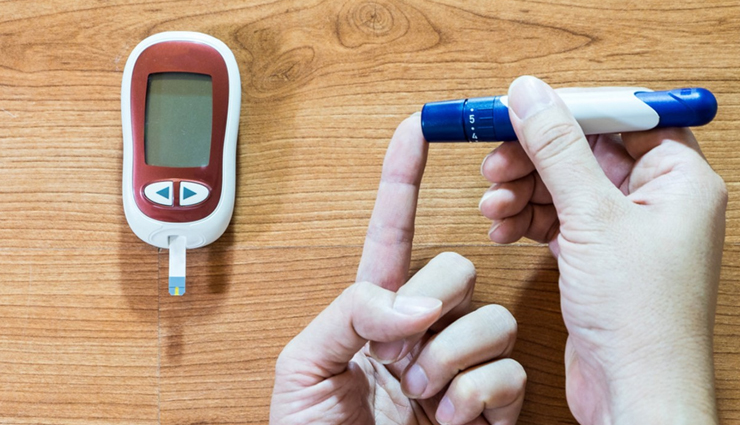
# Reduces diabetes risk
1. The polyphenol and dietary fiber content of Ragi lowers the risk of diabetes mellitus.
2. Finger millet has a low glycemic response i.e. decreases the ability to increase the levels of blood sugar.
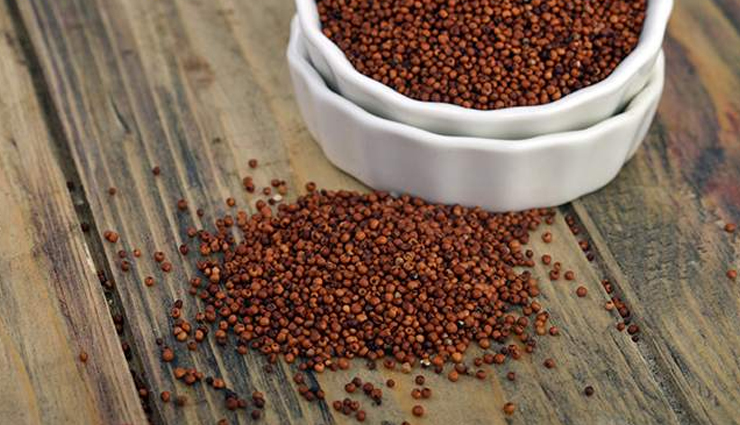
# Other possible benefits…
Apart from the above-mentioned benefits, Ragi has a few more health benefits namely, aids weight loss, helps in relaxing the body, boosts nervous system function, helpsirritable bowel syndrome, reverts skin ageing, prevents cancer, helps digestion, increases lactation, improves skin health, aids healthy pregnancy, and prevents malnutrition.





